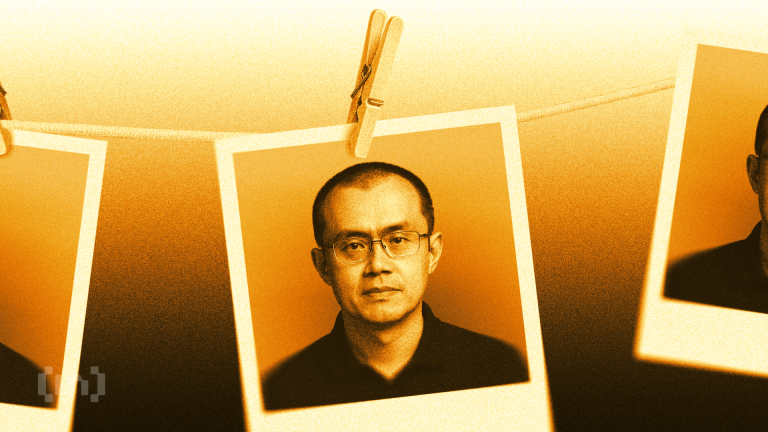
The Impact of Quartz Technology on Traditional Watchmaking: Quartz Technology
Quartz technology has revolutionized the watchmaking industry, with its high accuracy and low maintenance requirements. The introduction of quartz watches in the 1970s sent shockwaves through the traditional watchmaking industry, with many manufacturers struggling to adapt to the new technology. In this article, we will explore the impact of quartz technology on traditional watchmaking, including its effects on the industry, manufacturers, and consumers.
A Brief History of Quartz Technology
Quartz technology was first introduced in the 1960s, with the development of the first quartz crystal oscillator. This innovation led to the creation of the first quartz watch, the Seiko Quartz-Astron 35SQ, in 1969. The watch was accurate to within 10 seconds per year, a significant improvement over traditional mechanical watches. The introduction of quartz watches led to a decline in sales of traditional mechanical watches, as consumers opted for the more accurate and low-maintenance quartz watches.
Effects on the Industry
The impact of quartz technology on the traditional watchmaking industry was significant. Many manufacturers were forced to adapt to the new technology, with some companies investing heavily in quartz research and development. Others, however, struggled to compete with the low prices and high accuracy of quartz watches. The Swiss watch industry, in particular, was severely affected, with many companies going out of business or significantly downsizing. The introduction of quartz technology also led to a decline in the number of watchmaking apprentices and a reduction in the number of watchmaking schools.
Impact on Manufacturers
The impact of quartz technology on manufacturers was varied. Some companies, such as Seiko and Citizen, invested heavily in quartz research and development and were able to capitalize on the new technology. Others, however, struggled to adapt and were forced to downsize or go out of business. The introduction of quartz technology also led to a consolidation of the industry, with many smaller manufacturers being acquired by larger companies. The impact of quartz technology on manufacturers can be seen in the following takeaways:
- Many manufacturers were forced to adapt to quartz technology to remain competitive.
- Some companies invested heavily in quartz research and development and were able to capitalize on the new technology.
- The introduction of quartz technology led to a decline in sales of traditional mechanical watches.
- The industry experienced a period of consolidation, with many smaller manufacturers being acquired by larger companies.
Impact on Consumers
The impact of quartz technology on consumers was significant. Quartz watches were more accurate and required less maintenance than traditional mechanical watches, making them a popular choice for many consumers. The introduction of quartz technology also led to a decline in the price of watches, making them more accessible to a wider range of consumers. However, some consumers also felt that quartz watches lacked the charm and character of traditional mechanical watches. The impact of quartz technology on consumers can be seen in the following takeaways:
- Quartz watches were more accurate and required less maintenance than traditional mechanical watches.
- The introduction of quartz technology led to a decline in the price of watches, making them more accessible to a wider range of consumers.
- Some consumers felt that quartz watches lacked the charm and character of traditional mechanical watches.
- Quartz watches were more reliable and required less maintenance than traditional mechanical watches.
Conclusion
In conclusion, the impact of quartz technology on traditional watchmaking has been significant. While the introduction of quartz watches led to a decline in sales of traditional mechanical watches, it also forced manufacturers to adapt and innovate. The industry has experienced a period of consolidation, and many manufacturers have invested heavily in quartz research and development. Consumers have also benefited from the introduction of quartz technology, with more accurate and reliable watches available at a lower price. However, some consumers still prefer traditional mechanical watches for their charm and character. As the industry continues to evolve, it will be interesting to see how manufacturers balance the benefits of quartz technology with the traditional craftsmanship of mechanical watchmaking.






